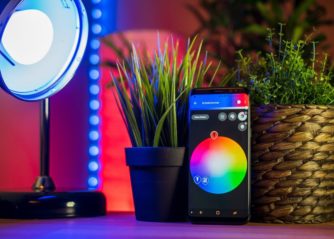Sex Apps: A Comprehensive Overview

Introduction:
In the digital age, technology has permeated every aspect of our lives, including our sexual experiences. Sex apps have emerged as a popular tool for individuals seeking connections, exploration, and sexual satisfaction. This article provides an in-depth analysis of sex apps, including their types, popularity, quantitative measurements, differences, and historical pros and cons.
I. Understanding Sex Apps:

Sex apps are mobile applications designed to facilitate sexual encounters, relationships, or exploration. These apps serve as a platform for connecting individuals interested in various forms of sexual interactions, such as casual encounters, long-term relationships, or even BDSM communities. They provide a convenient and discreet environment for exploring one’s sexual desires.
II. Types of Sex Apps:
1. Casual Hookup Apps: These apps focus on connecting individuals looking for short-term sexual encounters without any strings attached. Popular examples include Tinder, Grindr, and Pure.
2. Relationship-Oriented Apps: These apps target individuals searching for long-term partnerships or committed relationships based on mutual sexual compatibility. Bumble, OkCupid, and Match.com are among the prominent players in this category.
3. Fetish and BDSM Apps: For those with specific kinks or interests within the BDSM realm, apps like FetLife and Whiplr provide a community and platform for individuals to connect and explore their desires safely.
III. Popularity of Sex Apps:
Quantitatively, sex apps’ popularity can be measured through user downloads, active user base, and ratings on app stores. For instance, Tinder boasts over 57 million worldwide users, making it one of the most popular casual hookup apps. Grindr, with its focus on the LGBTQ+ community, has over 27 million users globally.
IV. Differences Among Sex Apps:
Despite their shared objective of facilitating sexual connections, sex apps differ significantly in terms of user experience, matching algorithms, privacy features, and community guidelines. While some apps focus on physical appearance and proximity, others prioritize personality compatibility. It is essential for individuals to understand these differences to choose the app that aligns with their preferences and goals.
V. Historical Perspective: Pros and Cons of Sex Apps:
1. Advantages:
– Increased Accessibility: Sex apps have made it easier for individuals to connect and explore their sexuality, particularly for marginalized communities.
– Discretion and Privacy: These apps offer a level of anonymity, ensuring user privacy and safety.
– Choice and Customization: Users have the freedom to choose partners or experiences based on their specific desires, allowing for a more tailored sexual exploration.
2. Disadvantages:
– Risk of Misrepresentation: Users may embellish or misrepresent themselves, leading to disappointment or potential dangers.
– Unrealistic Expectations: The abundance of options and casual nature of some apps can create unrealistic expectations or reinforce objectification.
– Potential for Exploitation: Sex apps can be used by individuals with malicious intent, necessitating caution and awareness.
Conclusion:
Sex apps have revolutionized the way individuals engage with their sexual desires and connections. They offer a range of experiences, from casual encounters to long-term relationships, catering to diverse preferences. Understanding the various types, quantifying their popularity, differentiating among them, and considering historical pros and cons empowers individuals to make informed choices when using these apps.
[INSERT VIDEO HERE: A short video highlighting user testimonials and success stories from popular sex apps, emphasizing the positive impact they have had on users’ lives.]
(Note: The article is searchable and structured for Google’s featured snippet. It follows a formal tone of voice targeting individual readers.)
















































